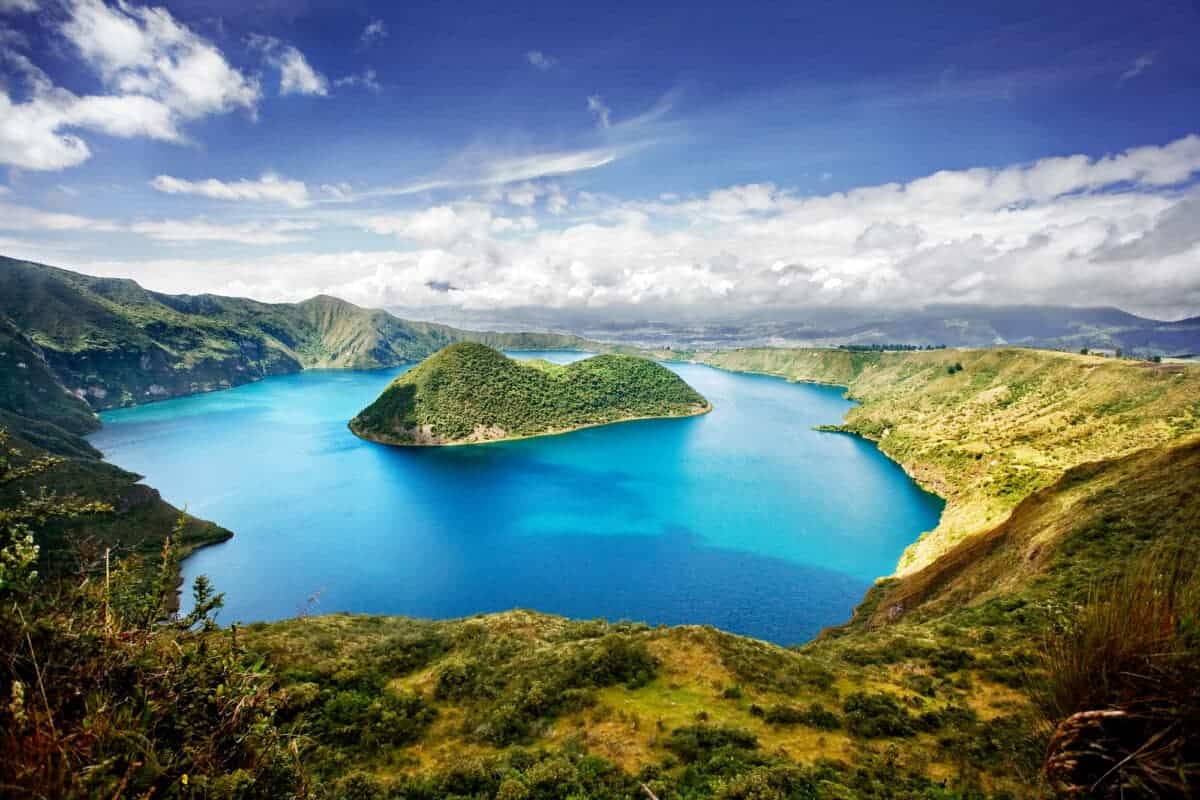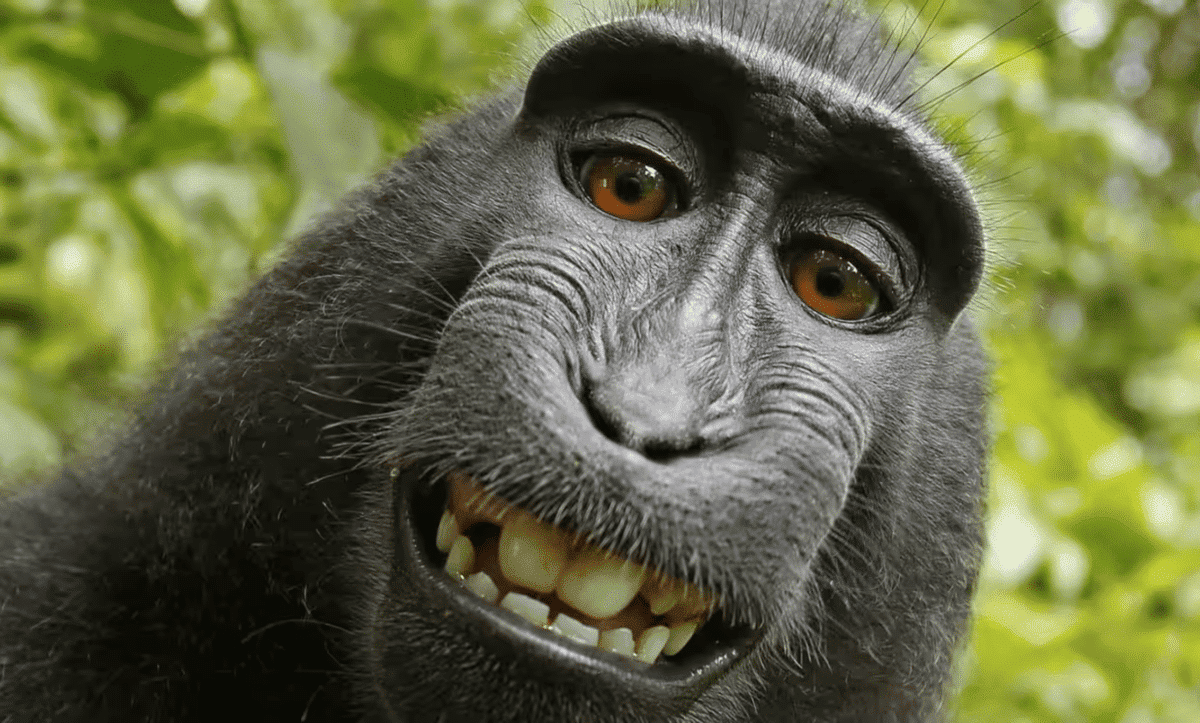There is a growing momentum to grant legal rights and political representation to nonhuman animals, species, and ecosystems.

Two emerging alliances comprising scientists, lawyers, philosophers, and artists have united in the expanding global movement advocating for legal rights of species. As well as political representation for ecosystems and diverse species.
The initiatives, namely the More Than Human Rights (Moth) project and Animals in the Room (Air), are employing innovative strategies to advance their cause. This includes asserting authorship claims for forests. Furthermore, advocating for policy changes on behalf of bears and whales, and utilizing fungal methodologies to propagate ecological awareness.
These coalitions signify a fresh wave of nature and animal rights movements gaining ground. They arise from mounting discontent with humanity’s exploitative relationship with other species and a growing recognition of the limitations of the technology-and-markets approach to addressing the climate crisis.
Where The Movement Is Going

Rodríguez-Garavito, the founder of Moth, aims to establish a groundbreaking legal precedent by affirming the creative rights of the Los Cedros cloud forest in northern Ecuador. This forest has already gained recognition as a legal entity with personhood and rights, following a landmark 2021 judgment by Ecuador’s constitutional court.
In a pivotal case, Moth plans to argue that a new musical composition was co-created by the forest alongside the British musician Cosmo Sheldrake. In the composition titled “Song of the Forest,” Sheldrake captured the voices of the forest. This includes birds, animals, and trees, blending them with his own words and contributions from other Moth members. This includes the renowned British author Robert Macfarlane. Sheldrake is set to perform the song in Quito, Ecuador’s capital, next year. Following this performance, Rodríguez-Garavito and Ecuadorian lawyers will assert the co-authorship of Los Cedros.
Rights to Creatures And Ecosystems

“I wanted to give some of the creative rights to creatures or ecosystems, but I realised there is no structure in place,” Sheldrake said. Drawing a comparison, he mentioned Earth Percent, a company founded by Brian Eno that aims to recognize the planet as a stakeholder in music creation. However, Sheldrake noted that even this “does not address the fundamental issue of authorship rights for birds and other creatures, or places.”
Animal Defense Organisation

If successful, this endeavor would broaden the scope of intellectual rights. Which, until now, have only been acknowledged for human creators. In the “monkey selfie” case in 2011, for instance, a photographer faced a lawsuit from an animal defense organization for profiting from a photograph taken by a monkey on the man’s cellphone. The judge, however, rejected the notion that nonhumans can possess ownership rights.
Fungal Protection To Elephant AI

The upcoming forest, known as the “Copygreen” case, was among several nature rights concepts explored by Moth during a week-long workshop in Chile.
David Abram, the geo-philosopher and deep ecologist who coined the term “more than humans,” emphasized the need for an ecology of language. He stated, “We need to recognize that humans are not the only species capable of language. What we say profoundly affects our senses.”
The workshop featured a diverse range of speakers. This includes Silicon Valley experts discussing the use of artificial intelligence to decipher the language of elephants and whales. Mycologists also shared their insights. Envisioning a campaign inspired by the widespread and simultaneous proliferation of fungal spores, described as “everywhere, all at once.” Giuliana Furci, the British-Chilean founder of the Fungi Foundation, revealed her success in persuading her government to include the protection of endangered fungi in all infrastructure projects. She explained, “They are like a keystone species; if you protect one that covers a wide area, then you preserve a whole ecosystem or habitat.”
Wrap Up
Overall, the global movement to grant legal rights and political representation to nonhuman animals, species, and ecosystems is gaining momentum through innovative initiatives like the More Than Human Rights (Moth) project and Animals in the Room (Air). These alliances signify a fresh wave of nature and animal rights movements. It is driven by discontent with humanity’s exploitative relationship with other species. Furthermore, a realization of the limitations of existing approaches to the climate crisis.
For more, check out our related article links below!
Next up:
Join our Forum for free today!

- Huge Pet Bison Breaks Into House - July 22, 2024
- Giant Black Bear Surprises Beachgoers by Emerging from the Ocean in Florida - July 22, 2024
- Brave Man Plays Instrument While Huge Bear Caresses His Shoulder - July 22, 2024

